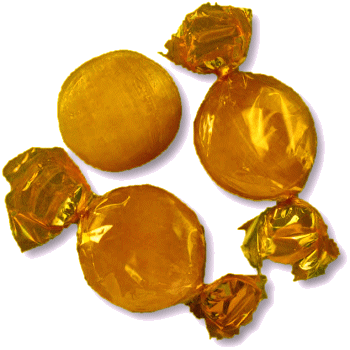




WELCOME TO An Entertainment Site for Scottish Country Dancers - Enjoy the curated selection of theme-related dances for celebrations and holidays, or find a dance associated with a special calendar day, or EVEN your own birthday!
Rose Day
Feb 7
Other Scottish Country Dances for this Day
Today's Musings, History & Folklore
"HAME, hame, hame, O hame fain wad I be--
O hame, hame, hame, to my ain countree!
When the flower is i' the bud and the leaf is on the tree,
The larks shall sing me hame in my ain countree;
Hame, hame, hame, O hame fain wad I be--
O hame, hame, hame, to my ain countree!
The green leaf o' loyaltie 's beginning for to fa',
The bonnie White Rose it is withering an' a';
But I'll water 't wi' the blude of usurping tyrannie,
An' green it will graw in my ain countree."
~ "Hame, Hame, Hame", Alan Cunningham, 1825
Do you have a favorite rose gracing your garden? Are your roses still slumbering through winter, or are they beginning to stir with the promise of spring?
On Rose Day, we celebrate all roses and reflect on the storied white rose of Scotland, the hardy, thorny wild rose. This enduring emblem has been linked to Bonnie Prince Charlie (Charles Edward Stuart, 1720–1788) since his time, prominently displayed on his flag. Some believe it may have even inspired the Jacobite white cockade, a covert symbol of support worn by his followers, as seen in portraiture from the era.
This wild white rose belongs to the Rosa spinosissima (Rosa pimpinellifolia) species and is commonly known as the Scots, Scotch, or Burnet rose. These resilient blooms were highly prized during the Napoleonic Wars, with many hybrids named after characters from Walter Scott’s novels. Though their popularity waned with the rise of the less thorny tea roses in the late 19th century, Scots roses are now experiencing a revival. Breeders are reintroducing them, while dedicated rose hunters search for antique cultivars still thriving in hidden corners of historic gardens.
This Rose Day, we can celebrate with one of the many floral tribute dances honoring the rose, including this rosy strathspey from John Drewry, inspired the by poem above! ❤️ 🤍 ❤️ 🌹💮 👑
The Bonnie White Rose
Throughout Britain, Europe and Asia, Rosa spinosissima (Syn. Rosa pimpinellifolia), also known as the Scots Rose, Scotch Rose or the Burnet rose, is found on coastal sand dunes and limestone heath.
Next to the thistle, Rosa spinosissima is probably Scotland's most emblematic native plant.
This hardy rose is the parent of many garden hybrids which have a strong fragrance. One particularly old variety with double purple-lilac flowers named 'Mary Queen of Scots' is said to have been brought to Scotland by Mary Stuart (1542-1587) from France in 1561.
The first coloured variants of R. spinosissima were found in the wild and described in the 17th century but no double forms were available from nurseries until the early 19th century.
In 1822, their early history was recorded by Joseph Sabine:
"In 1793, Robert Brown and his brother transplanted some of the wild Scots Roses from Kinnoull Hill, near Perth, Scotland, into their nursery of Dickson and Brown. One of these bore flowers slightly tinged with red and a seedling raised from that plant bore flowers with more petals than normal. Through a repeated process of sowing seed and selection from the seedlings, semi-double forms were obtained and they had eight good double cultivars to propagate and sell by 1803."
Robert Brown made these cultivars available to other nurseries including Robert Austin of Austin & McAslan in Glasgow who bred over 200 new double cultivars by the mid 1820s. Different shades of 'blush' (pink) were the most common, along with white, cream, yellow, red and purple. These colours were combined in cultivars with 'marbled', 'striped' and 'tinged' flowers.
This dance, composed by John Drewry, has its title taken from the poem Hame, Hame, Hame by Alan Cunningham. Drewry notes, "Originally I called this dance Rose Among the Heather, then I found that Mr. lain Boyd of New Zealand had composed a dance with this title, so I had to think of a new name for my dance, but, of course, the tune stays the same."
For more on Scots Roses, click the poem!
Click the dance cribs or description below to link to a printable version of the dance!



